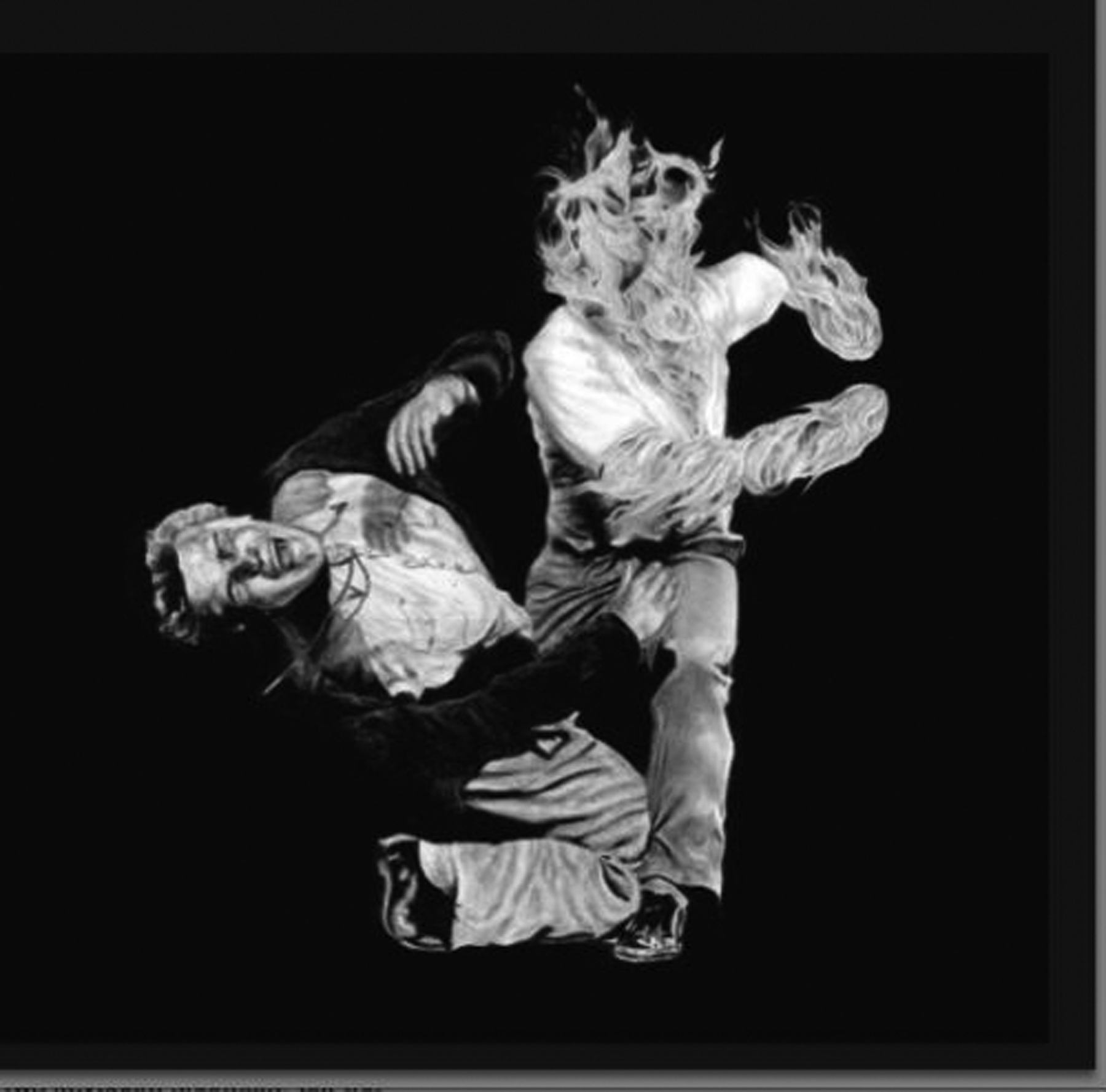Middle-class suburbia is not the stuff of legend. As far as its depiction in art is concerned, it is stucco sprawl, vapid and neatly fenced, recorded with a grimace by its escapees.
Often for artists, the suburbs end up more a symbol than a setting. The houses are presumed confining, the wide empty streets devoid of soul, a counter-point to the bustling, gritty cityscape — that’s where life is. You get the impression everyone raised adjacent to a two-car garage or a golden retriever has or will turn Stepford.
Of course, these neighbourhoods are more than that. For a lot of us, they are the site of our youth and all that came with it: first loves and heartbreak and astronomic feelings about everything.
In The Suburbs, Arcade Fire — that ambitious and critically-lauded band from Montreal — offers an entire album on the topic, and there isn’t one mention of over-manicured lawns. They have transformed suburbia into a stage worthy of acting upon, which is noteworthy not only because it is deeply uncool.
For one, it is true. The cool artists and musicians with fixed-gear bikes and downtown apartments were as likely as any of us to have once sported a mullet in their parents’ split-level home. That is, few were born with PBR in hand, so to see this reflected in an artist’s work is, at least, honest.
Perhaps that is one of the reasons the album has been successful with critics and fans: it talks about a shared experience that is not often discussed in such epic, theatrical language. In doing this, Arcade Fire is mythologizing growing up in middle-class suburbia — normally artistic-shorthand for the banal — and who does not want their life story to sound epic?
At first it seems like Arcade Fire has wisely put some distance between themselves and their purported topic: suburban adolescence. Their members are in their early thirties, so like buckets of novelists this age have done, they have attempted to “get” their childhood, and by extension, their adulthood in chronicling it.
But that is not quite it. While some of the songs are set in the past, apparently narrated by teenagers, woven between those lines are statements from a 30-something adult to the same effect: “Why is the world this way (“Half Light II (No Celebration)”)? It’s kind of scary (“City With No Children”). Seems like I’m powerless to do anything (“Modern Man”). I’m in love and no one understands us (“Sprawl II (Mountains Beyond Mountains)”)…”
It’s an ambitious album. In “Month of May,” Win Butler sings, “2009, 2010 / wanna make a record of how I felt then.” So while talking about their adolescence, Arcade Fire has their eye on capturing the present as well.
In that way, I would argue The Suburbs is an attempt at a generation-defining album — a very tricky enterprise. To record experience consciously — that is, to create with an eye
toward documentation of your “current reality,” or bigger yet, “our current reality” — you leap into territory stalked by a kind of nostalgia you can only have while the event is still happening.
You probably could accuse them of nostalgia mongering. The band’s innovative video for their single “The Wilderness Downtown” has you plug in your childhood home address and, using Google’s map technology, incorporates images of your neighbourhood into the video, asking you to identify with the character.
If you believe the latest Boomer summary of “kids these days” in a recent New York Times article called (seriously) “What Is It About 20-Somethings?” that is our defining characteristic: a reluctance to grow up. It appears pining for adolescence, or identifying so strongly with your adolescence that it is hardly distinguishable from your adulthood, is actually a new feature of adulthood.
The Suburbs tries to make that experience something worth identifying with.
Arcade Fire plays the MTS Centre, Sept. 23.




